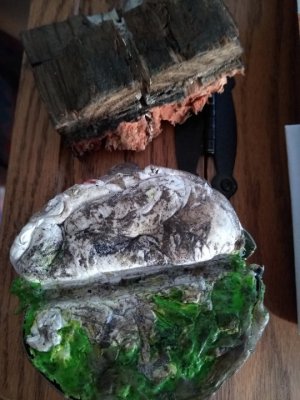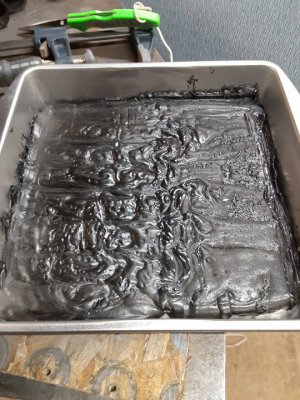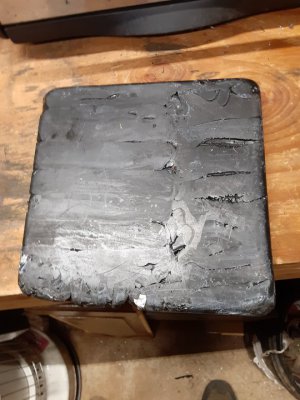I have over 100' of 1-1/4" 125 psi black poly-pipe that came out of the (dry) well that I pulled. I could cut it into 3.5' lengths and put it in the recycle bin, but, due to the pandemic, the garbage service is not processing recyclables, they are just going into the landfill. I also hate wasting something that is potentially useful. I've decided to try cutting it up and melting it into slabs for future use. PE has a melting point around 250° F, so I did a test melt in my shop toaster oven. It worked, but the plastic did not melt uniformly or completely. Portions of it liquified, but the skin of the pipe remained semi-solid. It did seem to form a solid, if not homogenous, piece once cooled. I've seen videos of people doing this with milk jugs, etc., but I wasn't really impressed with the results. Has anyone tried this?




